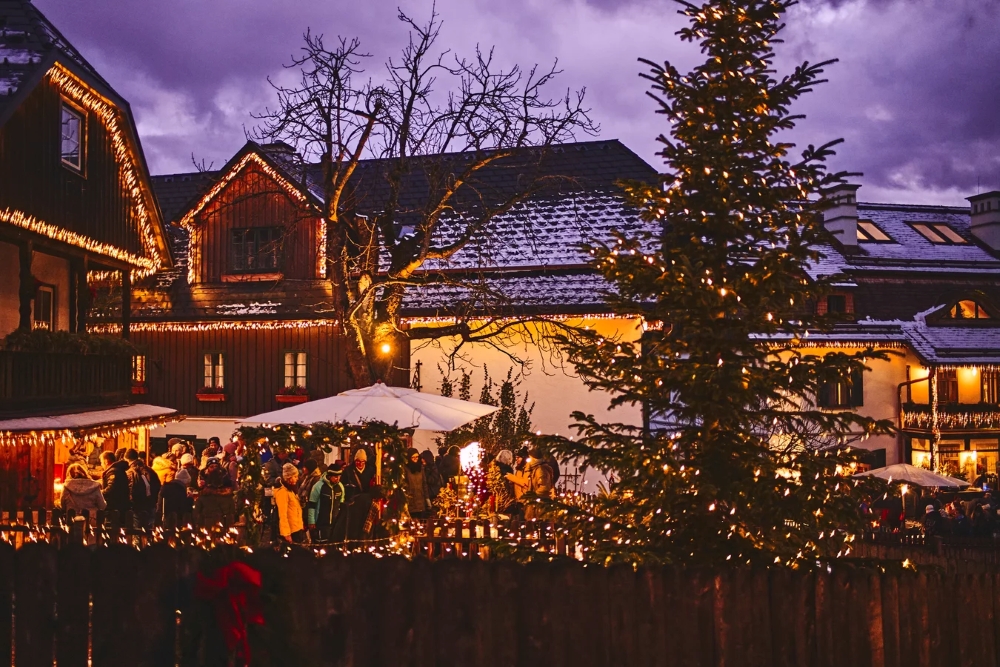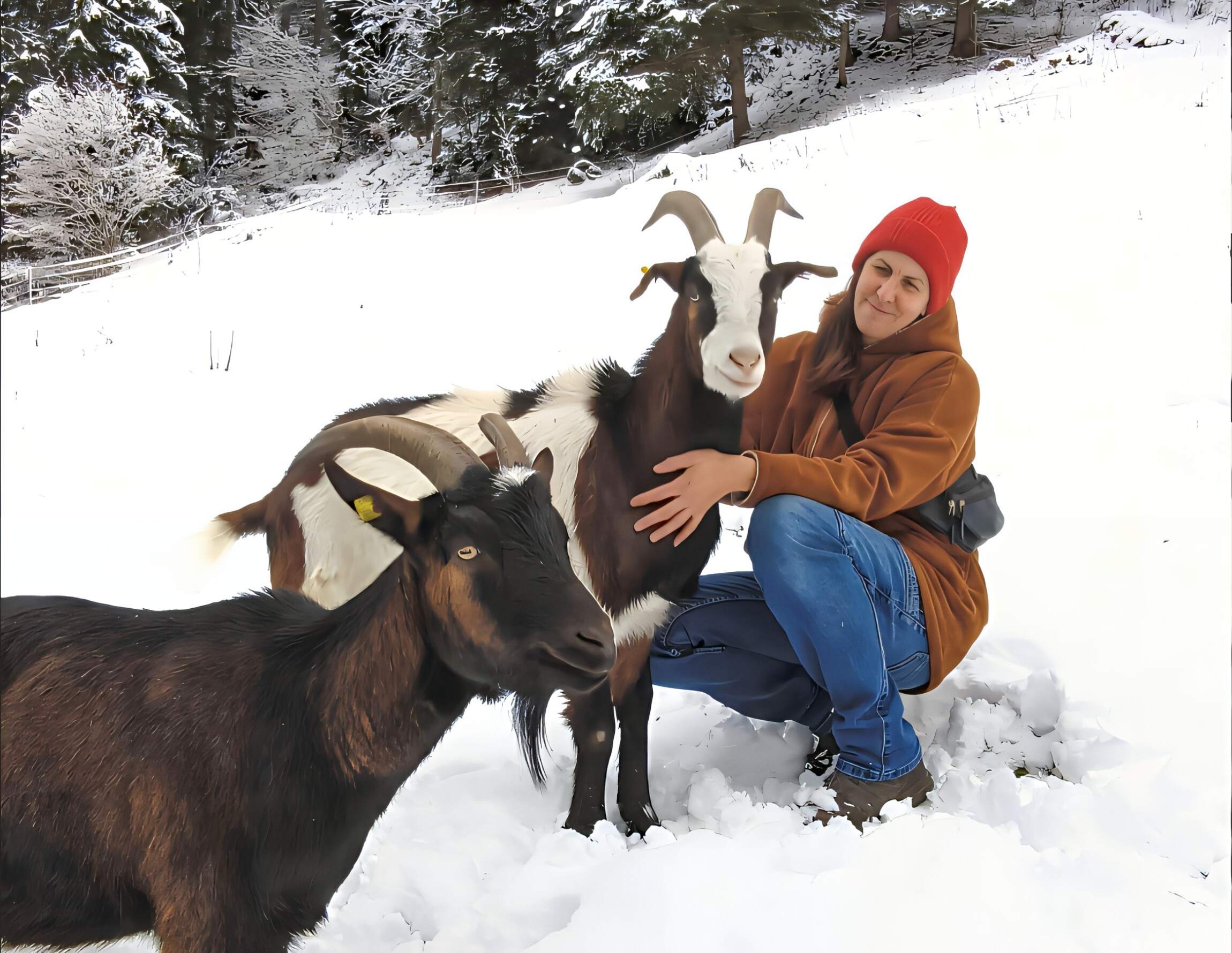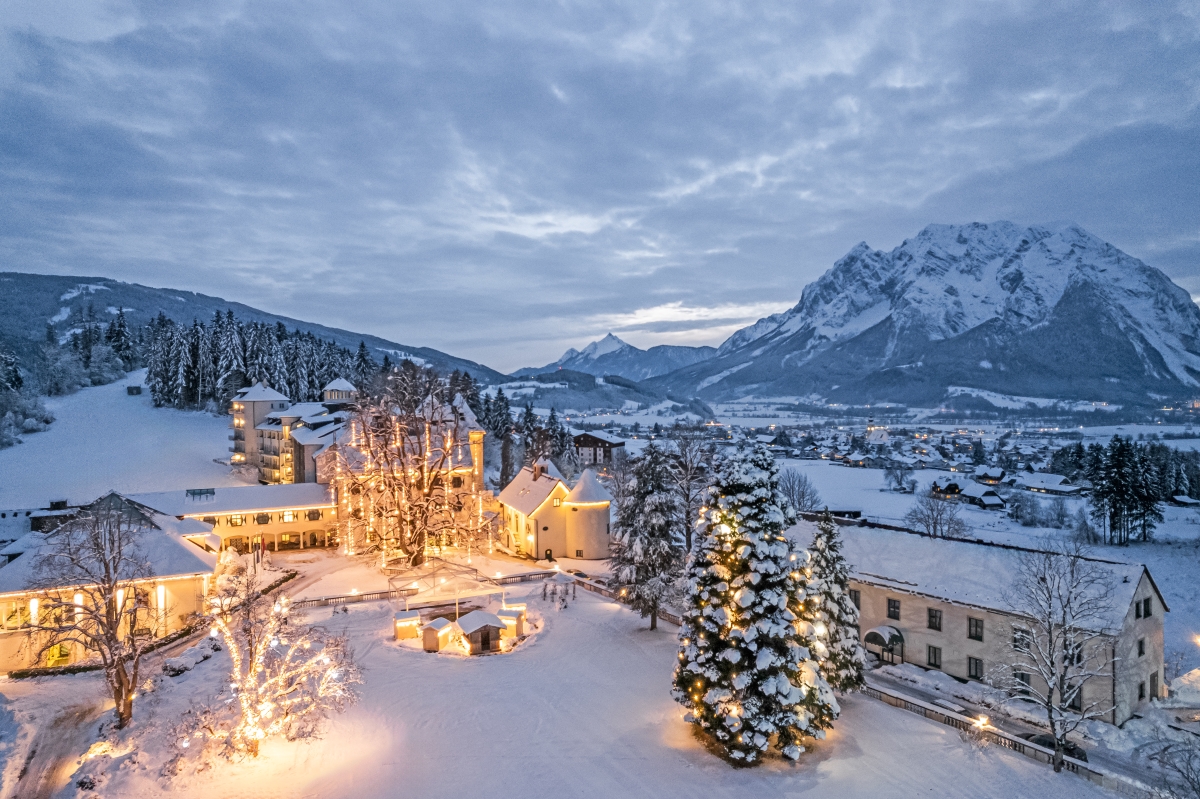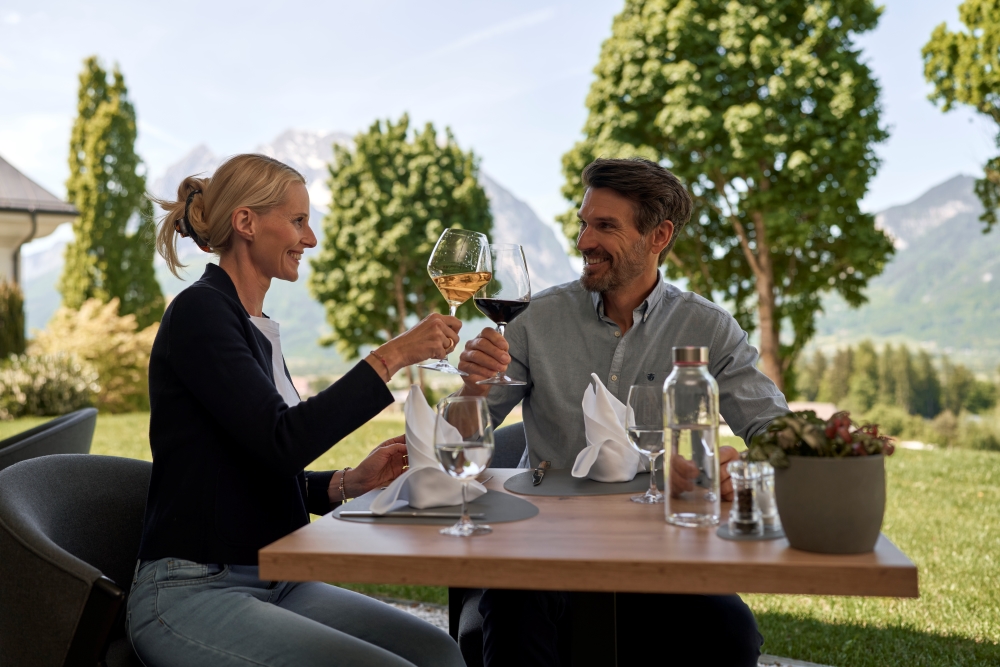
THE PLACE TO ENJOY
FASCINATING WORLD OF WINE
In a 5-star hotel, everything revolves around excellence – from the furnishings and service to an exquisite selection of wines. The sommelier, who is not only a wine connoisseur but also an ambassador for enjoyment, plays a special role here.
With a trained palate and a deep understanding of the complexity of the wine, he ensures that every drop goes perfectly with the dish and that the experience is an unforgettable one for the guest.
At the IMLAUER Hotel Schloss Pichlarn, graduate sommelier Philipp Adamek is one of those who fulfill this role with passion and professionalism. He has been working with us again since December 2023 and has learned and deepened his skills and knowledge at the Arlberg Hospiz Hotel in Adi Werner’s famous wine world, among other places.
What inspired you to become a sommelier?
From the very beginning, I was fascinated by the fact that wine affects people in very different ways, and everyone has their own opinion about it. For example, what did the winemaker think about this or that wine, why did he make it exactly the way he did? What are the conditions like, was it a good year for the wine, what opportunities does the winemaker have?
Last year, for example, it was relatively difficult because it froze in the spring and there was a lot of rain in the summer. Most winegrowers harvested early, which probably meant that sugar gradation was not as high.
And then, of course, the question of how to present the wine to the guests.
Another question is what the guest wants. Today, the rules are no longer so strict that you only drink white wine with fish and red wine with meat. For me, that’s the exciting thing and also the art of the sommelier.
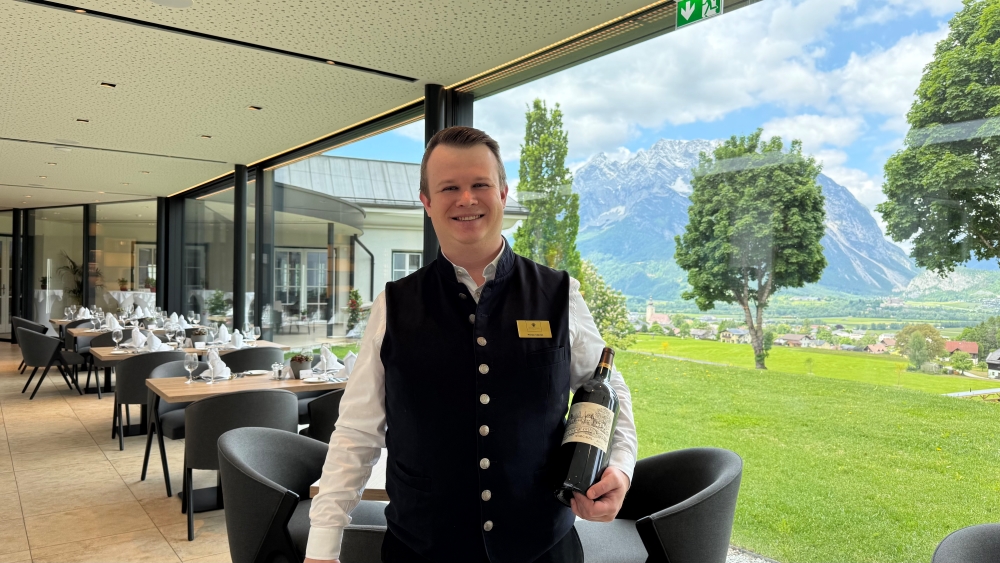
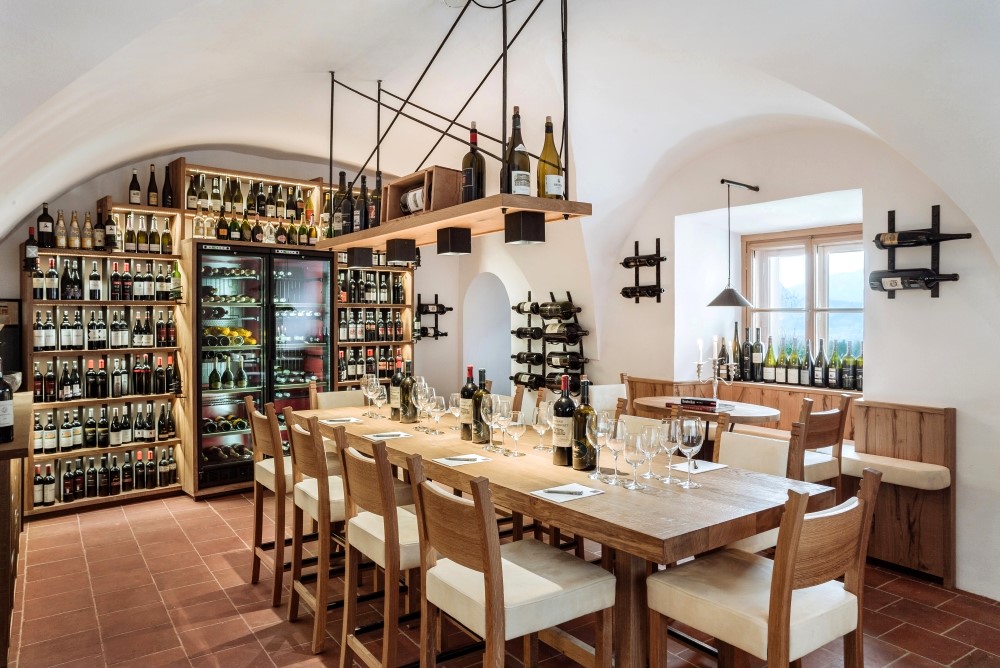
What skills and knowledge are essential for a Head Sommelier?
Specialist knowledge is of course essential. Basics that you simply have to know, such as which soil is where, which climate and which methods the winemaker uses.
The sommelier should also be approachable on a human level, in the team and with the guests. If I walk through the restaurant superficially, no one will buy a wine. I have to be able to present myself, the establishment and the wine. The wine list should be beautifully designed and everything should be clearly visible, with all the means available for presentation, such as our wine lounge.
Sensory analysis is also very important in order to be able to judge the wine, but also to recognize a bad wine that is corked or has been open too long. For example, there are certain tertiary aromas that develop after the wine has matured and you have to be able to decide whether the wine has a fault or whether it is an aroma that will dissipate later.
Food pairing is an important topic. You look at which food goes with which wine or which flavors go together. I also try to explain this to my apprentices and other employees. Especially when something is in season, like asparagus in spring or game in fall.
What is also very important is the training of employees. If I see that someone is enthusiastic about what I do and wants to learn more about it, then that’s a great success for me personally. We have some people in the team who have already done the sommelier or are currently doing it.
What is the focus of the wine selection here at the IMLAUER Hotel Schloss Pichlarn?
We are definitely focusing on Austria. We are now focusing even more on Styrian wines, especially white wines, because there are not yet so many good red wines in Styria.
Then also white wines from Lower Austria. These are the two largest areas that we have. Vienna is also a topic for us with the mixed set.
And especially Austrian varieties. We have Neuburger, red Veltliner, Zierpfandler, these are varieties that not everyone knows, but they are super pleasant varieties. They are often Burgundian soft and pair very well with food.
When it comes to red wine in Austria, we are of course at home in Burgenland, especially central and southern Burgenland, but also the Golser region. The best-known and best wineries for red wine are located there.
We also attach great importance to Bordeaux wines, but also to Pinots, for example from Burgundy. And then, in the red wine segment, we concentrate on Italy, Piedmont and Tuscany.
Sustainable wines are another focus of the wine list. This has been a trend for some time now. We also make sure that we offer wines from one winemaker across the board. When we test a new winemaker, we taste the entire range. And if there are several wines that we like, they are added to the menu first.
You also have wines that need to mature, usually the top wines from the winery. You have to plan them for the longer term because you want to have a bit of vintage depth, not just one vintage. Guests who take a closer look at wine love it when they can taste different vintages.
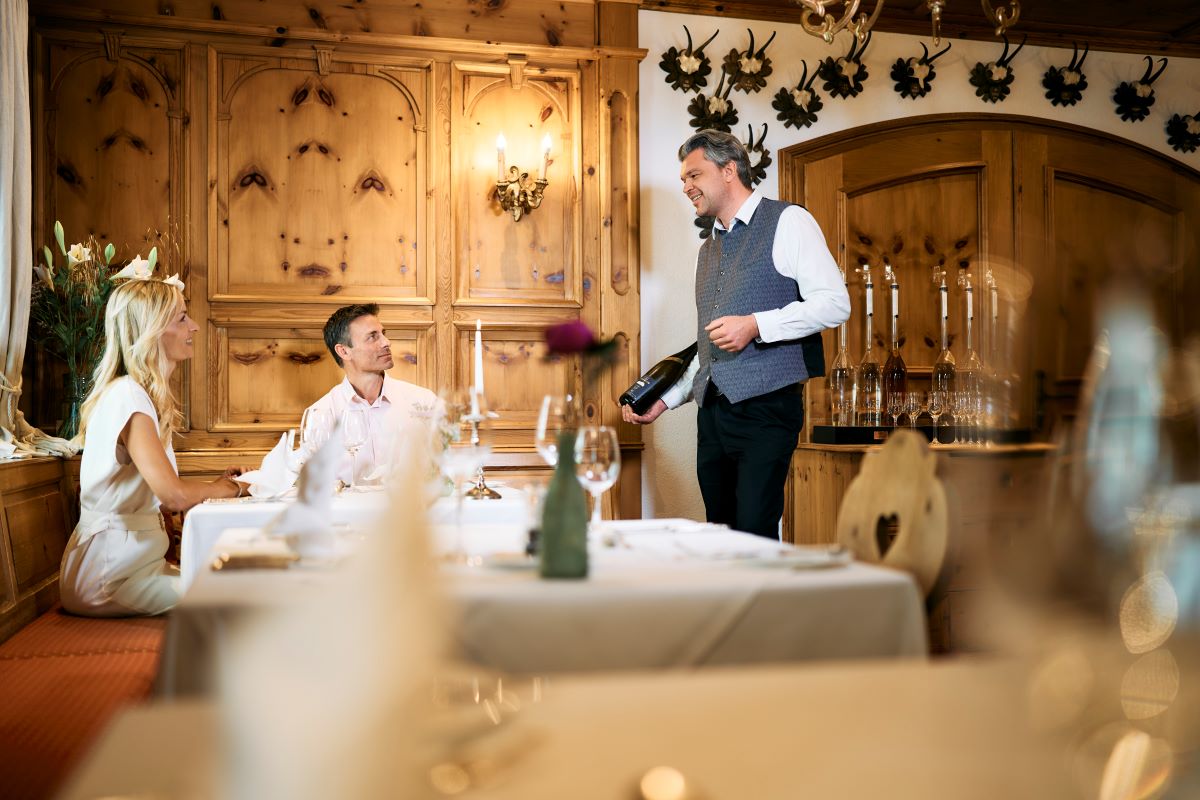
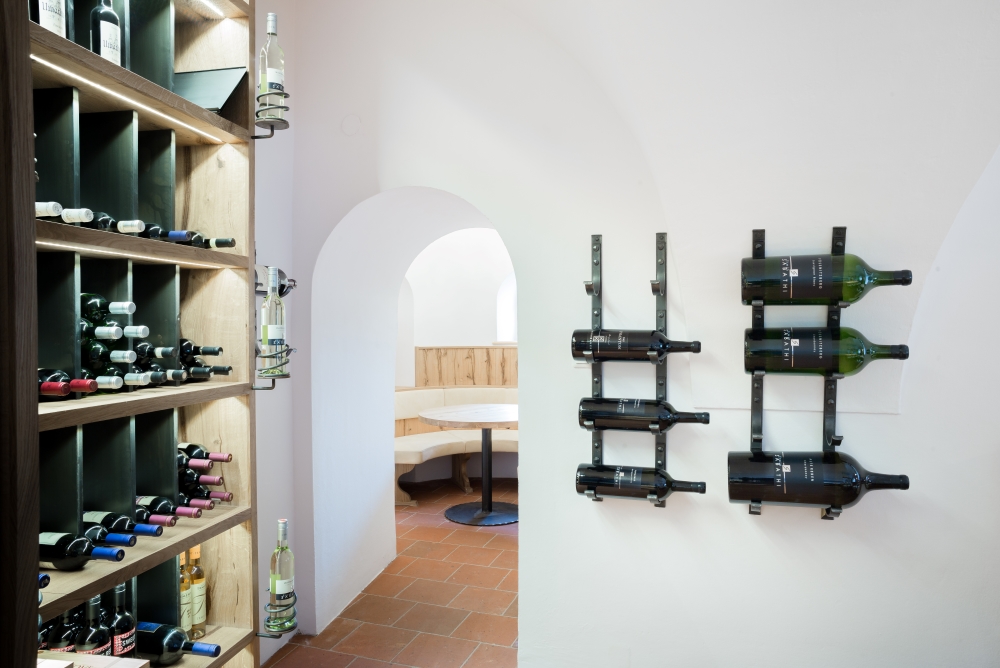
How many different wines do we offer our guests?
Only the smaller part can be seen in the wine lounge. We have a total of around 360 different wines. Red, white, large bottles, small bottles, different vintages, etc. All wines are also listed in our wine list.
But we don’t have a large cellar where we mature wines. Some winegrowers or large wine merchants have the capacity for this. For example, the Erwin Sabathi winery in Leutschach, which stores its best wines in its own cellar for over 10 years. That is very impressive.
Large companies such as Morandell or Döllerer in Austria also have the capacity to store wines for longer and we then call them off again and again.
What criteria are important to you when compiling the wine list?
It is important to us that we have a good selection and are not only active in the high-end sector, but can also serve different price segments. Often, it doesn’t have to be the winemaker’s finest tropical wine, but simply a good bottle of wine that you can enjoy with a meal.
There are also many guests who only want to drink one particular wine, usually a Welschriesling or Sauvignon Blanc or a Grüner Veltliner. You have to make sure that you can appeal to a wide range of guests. That’s actually the most important thing with the wine list.
Of course, it should also be economical. It is important to us that we ourselves stand by the products and the company/vintner behind them. The best example of this is the Sabathi winery. Hannes Sabathi really took the whole day for us. We talked to him to see what he is like, how he sees certain topics, how he produces his wine, what his favorite wine is, etc. And then we also look at sustainability, that there is a common thread that characterizes the winemaker and his products.
At the moment, more than half of the wines are from Austria, but the quality has to be right. We don’t take a wine just because it’s from Austria, it has to be able to do something.
When it comes to Rieslings, we are more at home in Germany. Our neighbors are extremely precise and simply have a flair for this wine. No one can imitate them so quickly. We have two winemakers in particular, Van Volxem and Molitor, who are masters of their trade. They are also great people and the wines simply have a character, even if they are a little different, one a little more powerful and the other a little more straightforward, but both are super wines.
The same applies to red wine: you can’t replace a real Burgundy, just like you can’t replace a Bordeaux or a Barolo. We make no compromises here.
For me personally, Blaufränkisch is the most beautiful variety of red wine from Austria; we also have some top cuvées and, slowly but surely, some really beautiful Pinot Noirs from Austria. Zweigelt is also one of them. We are looking to make a targeted selection from the areas where we are strong in Austria.

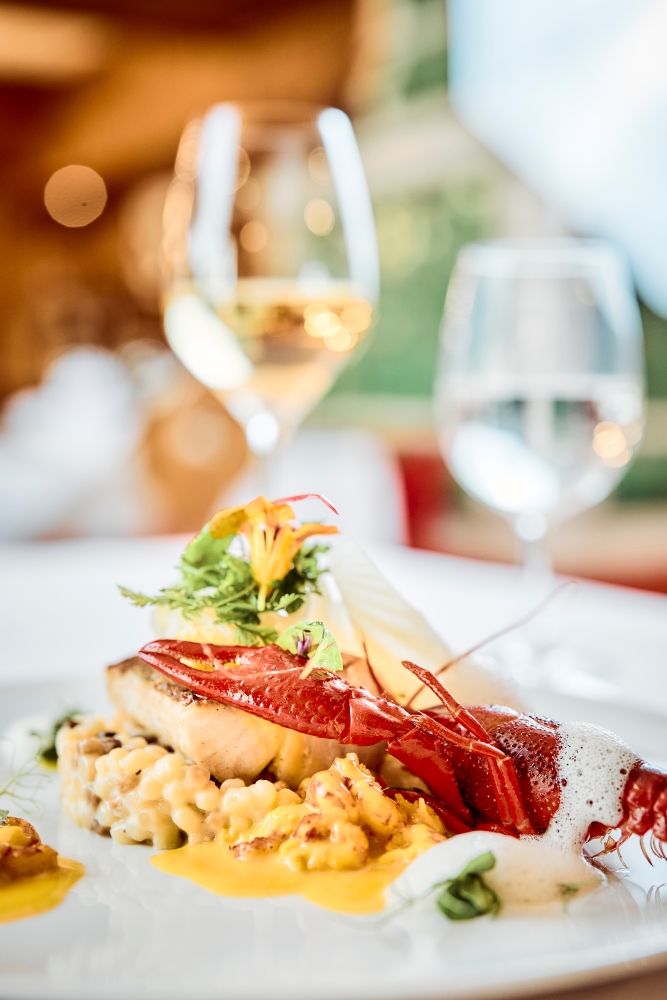
What characterizes the wines of Styria?
I would say by the Styrians or Styria itself. We are here in the Illyrian region. That is a completely different climatic influence than in the Pannonian climate, for example. The Pannonian climate is much milder, with many hours of sunshine a year. This is what these wines are known for, relatively powerful red wines. There is a lot of gradation, a lot of sugar, a lot of Klosterneuburg grapes. The wines are very dense and you can taste that.
It’s very different in Styria, in terms of the temperature, the sun and also the steepness of the terrain. In Styria, the vineyards can be so steep that all workers have to secure themselves with a rope.
What I personally really like is the diversity. There is Vulkanland Steiermark, which is in eastern Styria. There, for example, we have the organic winery of Schloss Kapfenberg, a long-established big name in Austria, but also the Neumeister winery and the Krispel winery, from which we offer wines.
Then Southern Styria and Western Styria. The racy Schilcher wines come from Western Styria. In my opinion, Southern Styria has the highest density of first-class wine producers. We have a lot of Sauvignon Blanc and Chardonnay there, which are very well known in the Austrian wine scene.
As far as grape varieties are concerned, we have Sauvignon Blanc, for example, ranging from normal drinking wines to world-class wines. Muster.Gamlitz became world champion with its Sauvignon Blanc Ried Grubthal 2020.
The same goes for Chardonnay, where Erwin Sabathi is considered one of the best and does not have to hide behind the great Burgundies, for example with his 2021 Chardonnay Pössnitzberger Kapelle.
Welschriesling, on the other hand, was somewhat forgotten and is currently on the rise again. Then there is Schilcher, Pinot Blanc and Pinot Gris. These are the grape varieties that are used most in Styria.


